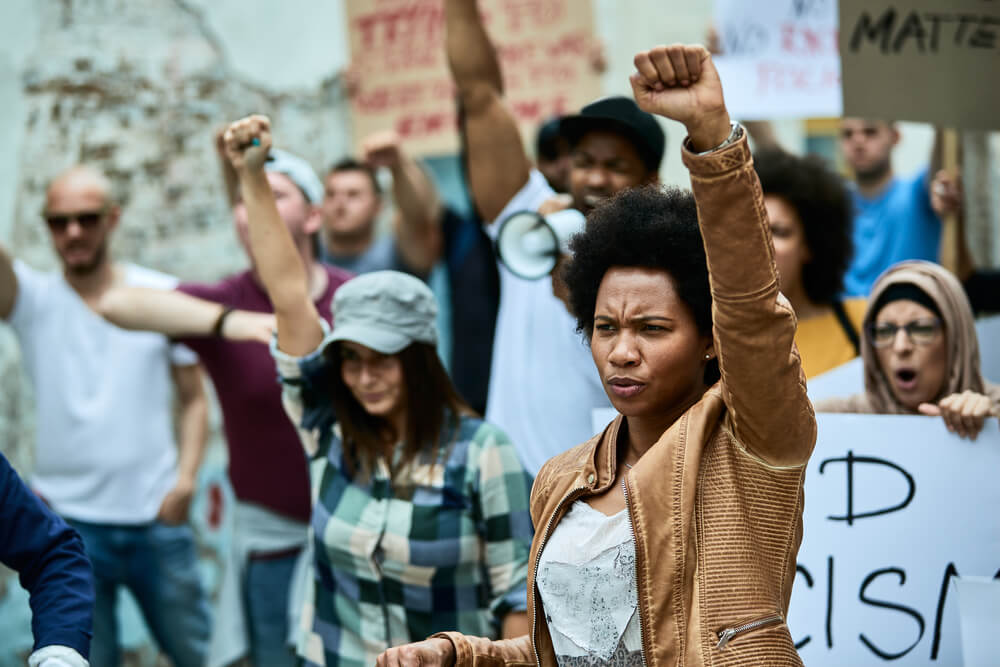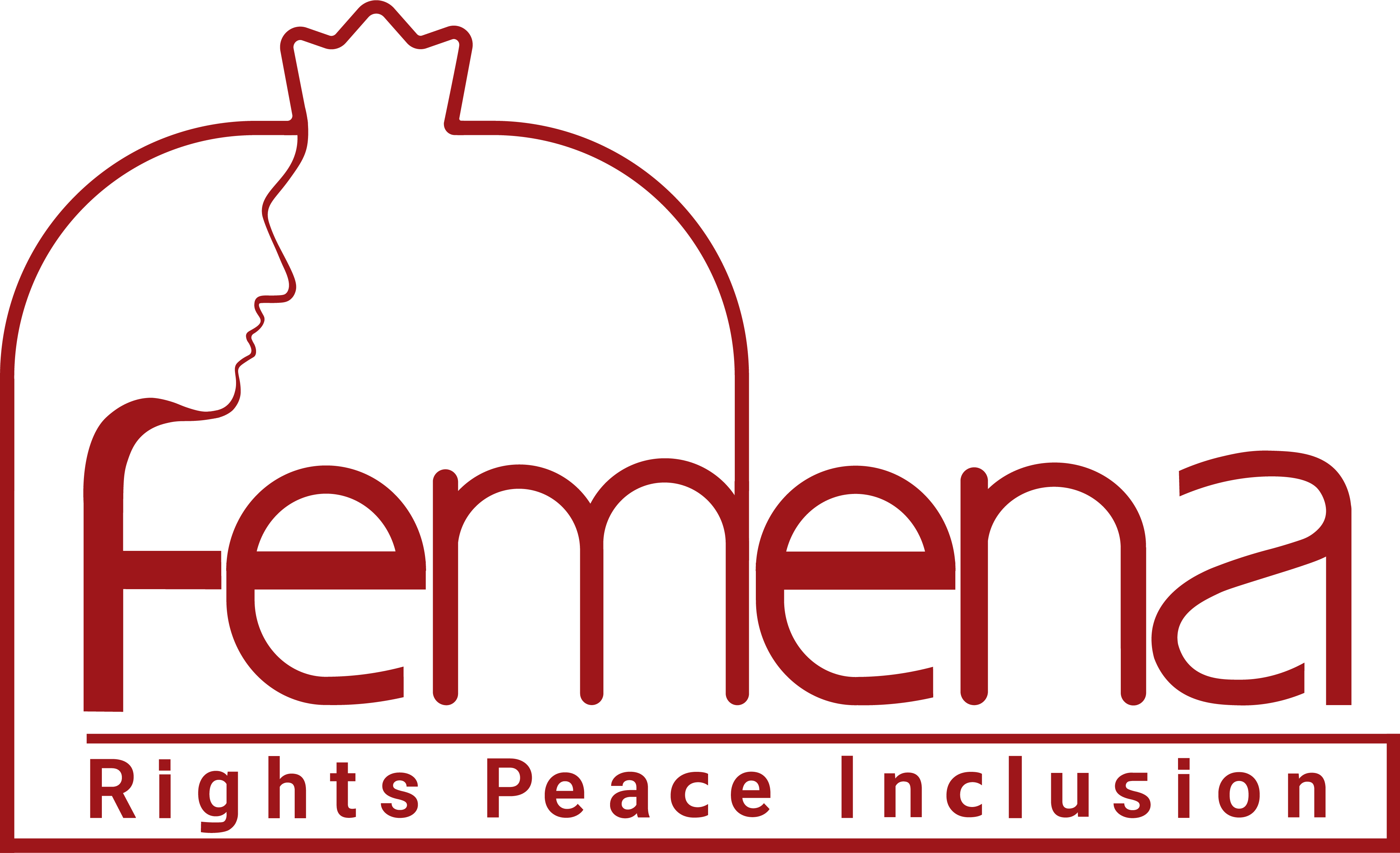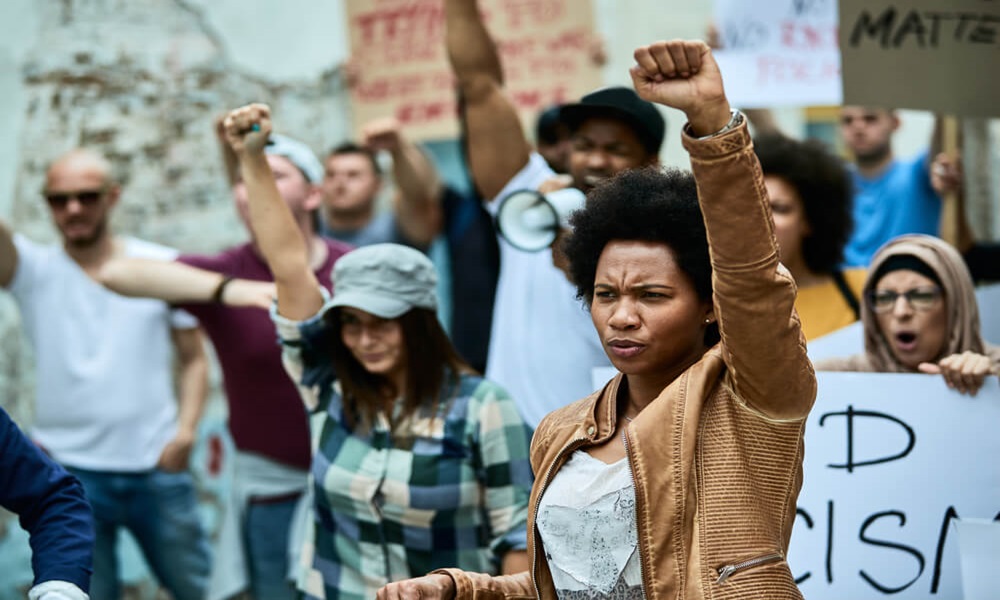
Author: Milkayla Tillery
Source: The Stanford Daily
Activism fatigue is a sister to burnout. It starts, as many tasks at Stanford do, with the workaholic honeymoon phase, followed by unabating stress, apathy, and physical and emotional exhaustion. What makes activism fatigue that much more overwhelming than traditional burnout is that activists’ work is tied to identity, injustice, and agency. The political is personal, so the weight of our oppression is a constant stressor that cannot be lifted without our liberation. This pressure combined with the current expectations of selflessness, martyrdom and unfettered loyalty within activist spaces make burnout nearly inevitable.
Activism fatigue tends to spike after notable political action: in recent years, the 2016 Election, the 2020 Black Lives Matter protests and the 2021 Senate Runoff. In prior studies of activism burnout, involvement in the heavily-youth-engaged Plowshares and Peace movements was associated with increased levels of burnout. For young activists especially, there is an expectation that we must push our bodies to the limits for the sake of fulfilling a self-imposed responsibility of single-handedly eliminating injustice.
When we reach the finish line — a major candidate takes office, a budget passes, a petition reaches millions across the country — we are so tired that it feels impossible to keep going. In prolonged cases of activism fatigue, it often is impossible to keep going. Activist groups try to distract from the fatigue by using this time to celebrate. When we juxtapose the low valleys of burnout with the mountains of celebration, it justifies the idea that our suffering is needed to deserve success. Without addressing the root issue of activism fatigue, celebrations will only habituate burnout.
Eventually, the celebrations will become meaningless, and a once-insatiable yearning for justice will pale to insurmountable exhaustion. For most activists, this will mean that we take a break. For some of us, the break will be temporary. But for those facing their first round of activism fatigue today, habitual and chronic activism fatigue tends to lead to a complete social justice divorce.
Social justice burnout uniquely impacts young activists for two main reasons.
The first reason is underappreciation. I am no stranger to an unpaid internship: within social justice spaces, these unpaid roles are nearly unavoidable. Unfortunately, unpaid positions created for young activists are often especially thankless and emotionally taxing. According to a study done by Cher Weixia Chen and Paul Gorski, many young activists find themselves with endless assignments and many of their contributions go unnoticed or overlooked. Ample upward mobility in titles and in workload is not accompanied by increased compensation, validation or voice — a textbook catalyst for burnout.
Black youth are especially vulnerable to activism fatigue due to being underappreciated. Looking at some of the standout youth organizations today, like the Sunrise Movement and Generation Ratify, we see an overreliance on unpaid labor from mainly BIPOC individuals. As time goes on, these roles are meant to accommodate younger and younger activists, exploiting their desire to be involved in political action and their lack of understanding of professional boundaries. When young activists start to associate social justice, especially social justice linked to their specific racial or gender identity, as being a chore that results in little recognition or change, they will become disillusioned.
This expectation that minority kids are supposed to work eight-plus-hour shifts for free to prove that they care about the injustice they face is problematic but commonplace in youth organizing. These organizations undoubtedly have great causes, but their structures often lead to burnout.
The second main reason for activism fatigue is a lack of self care and community care. Social justice relies on constant emotional labor, and for activists who have a personal stake in the mission of their activism, this emotional labor factor is only more fundamental. A necessary companion to emotional labor should be self care and community care. But social justice organizations tend to avoid accommodating activists’ self-care needs by promoting a culture of selflessness. Kathleen Rodgers describes this culture of selflessness as creating a space where activists “in effect police each other’s commitment to causes by belittling attempts at self-care.”
A telling example of the culture of selflessness extends to the public reaction to activism fatigue in general. A fallacy promoted by some activists today says that burning out is selfish, that it’s a privilege to be able to turn off the activist and return to a non-politicized state. Just as with traditional burnout, it’s a privilege to be able to take a mental health break while most working-class individuals have to work through burnout to continue providing for their families. It is for this reason that we have to prioritize solutions that both address personal burnout and alleviate the larger toxic culture within youth activism.
On a micro-level, activists should tend to their physical and emotional wellbeing outside of their social justice work through self-care. Paul Gorski argues, however, that the focus needs to shift from just self care to community care to not only treat the symptoms of burnout but also to address the unique circumstances surrounding activism fatigue. Community care describes an approach in which activist communities collectively address the needs within their community. The issue is no longer individual burnout, but rather shifting away from a culture of burnout. Gorski reasons that this can “ensure that a movement has both the strength and longevity to achieve change.”
For issues that stem from systems of oppression — white supremacy, capitalism and patriarchy — meaningful progress doesn’t come after months of involvement, not even years. The Greensboro sit-ins lasted five months. The Montgomery Bus Boycott took one year. These are only two heavily publicized events within the decades-long struggle for civil rights. Burning out after four months of unrelenting protests or organizing might seem worth it for the short-term benefits of defunding the police, but our true freedom requires activists to pace themselves for a lifelong commitment to social justice.
For those who have been running on empty while advocating for the most marginalized, who have thanklessly returned to activism for the sake of liberation, who have expended emotional labor for organizations that did not deserve it — now is the time for you to start caring for yourself, and holding the activist communities you are a part of accountable for caring for one another. The success of our activism relies on our continued collective power, not our urgency in achieving short-term goals.
One of the first pieces of advice I was given when I started organizing is that you can’t pour from an empty cup. Far too often, activists wait until their cup is empty with no way to refill it.


